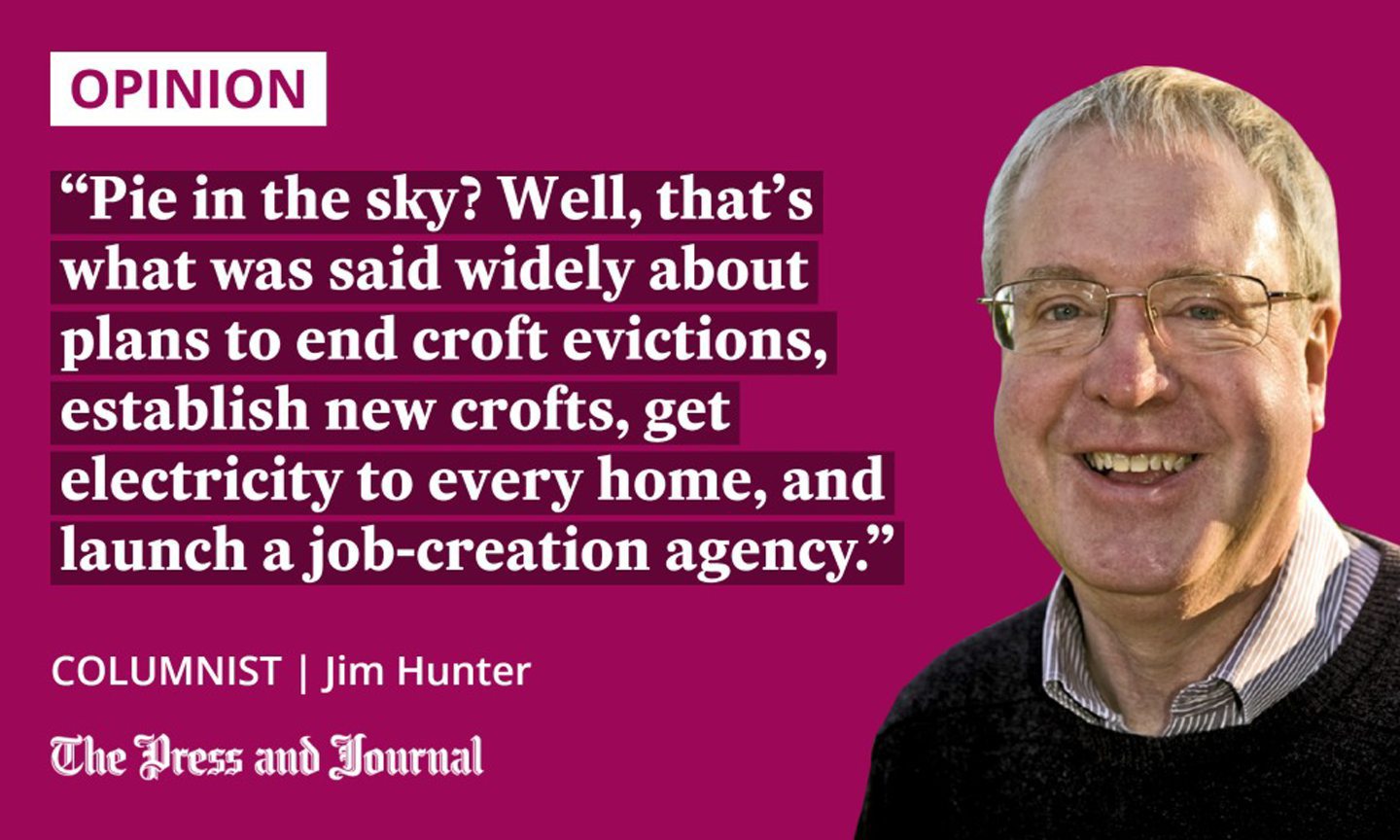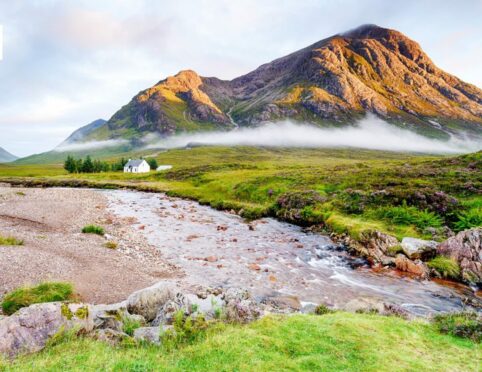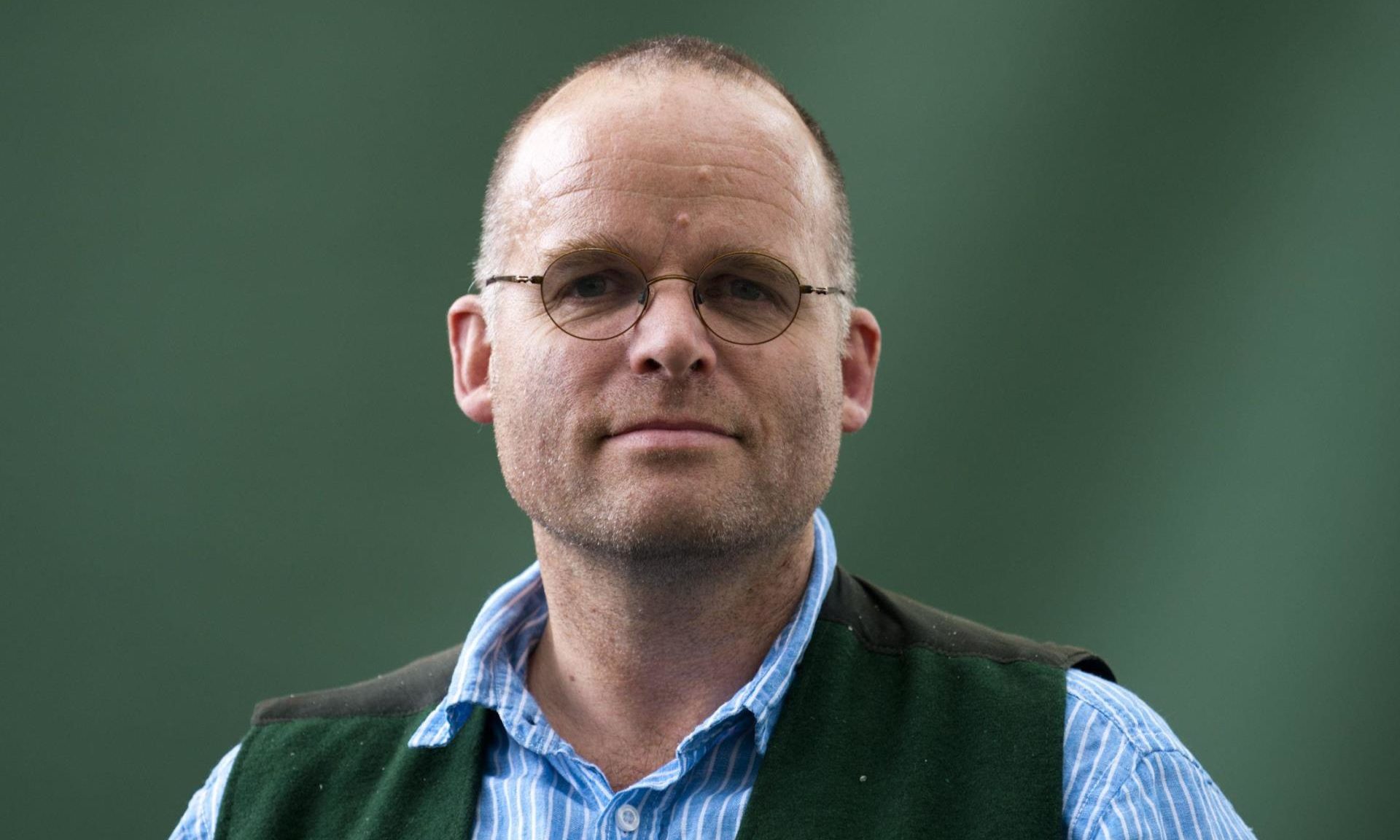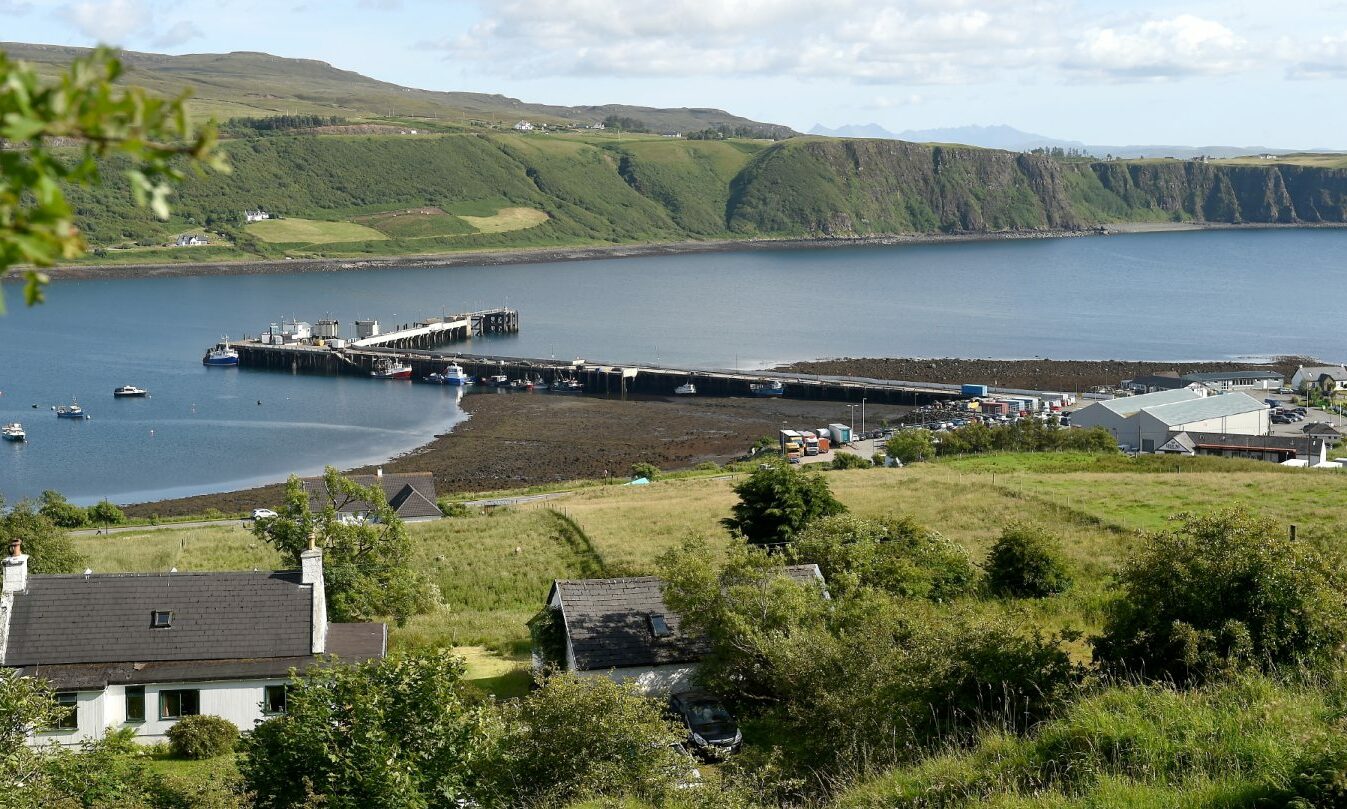Nothing is more desperately needed in today’s Highlands and Islands than action on a scale sufficient to solve a housing crisis that’s leaving more and more people, young folk in particular, with nowhere to stay.
So, here’s one suggestion as to what might be done.
The setting up of a Highlands and Islands Housing Authority, charged with the job of getting new homes built – not by the dozen, not by the hundred, but by the thousand.
An impossible ask? By no means. There’s no lack of precedent, after all, for responding to Highlands and Islands difficulties by taking special measures to put things right.

Like the 1886 legislation that ended the Highland Clearances by granting crofters security of tenure and stripping landlords of rent-setting powers.
Or the 1919 Act that enabled the then Board of Agriculture for Scotland to acquire – by compulsion if necessary – land used to put in place big numbers of new crofts.
Or the 1943 measure that established the Hydro Board – an organisation that went on to supply electricity to every home in the north.
Or the 1966 Act, which set up the Highlands and Islands Development Board, now Highlands and Islands Enterprise, to assist with job creation, community empowerment and economic expansion.
Presenting the Highlands and Islands Housing Authority
A Highlands and Islands Housing Authority would be firmly in that tradition. And, like last century’s Board of Agriculture, any such agency would have to be provided with the means to get hold of the necessary land at the minimum possible price.
It might have the right to take ownership of up to 1% of landed properties in excess of 500 acres.
This would give a maximum take of five acres in the case of a 500-acre landholding, 50 acres in the case of a 5,000-acre estate, and 500 acres in the case of an estate of 50,000 acres.
Land in private, community and public sector ownership could be involved.
Compensation would be payable on land put under housing in this way. But this compensation would be based not on so-called market value, but (as was once standard) on existing use value. What’s meant by “existing use value” is the income-generating capacity of land in its current state.
It would result in a housing authority paying more for land under crops or woodland than for moorland or rough grazing. But no such cost would be greater than a small fraction of the £100,000 or more now demanded for a house site extending to just a few square yards – something that’s a little short of crazy in an area where millions of acres are empty and unused.
Just such a change was proposed by then Green MSP Andy Wightman, when the 2019 Planning Act was debated by the Scottish Parliament. Mr Wightman won Tory support. But, his suggestion was rejected by Nicola Sturgeon’s SNP government. That rejection needs revisiting.
Funding, planning controls and no second homes
Even if able to buy land cheaply, a Highlands and Islands Housing Authority will need a substantial upfront budget – one well in excess, ideally, of the £200 million (at today’s prices) made available to last century’s Board of Agriculture for the creation of new crofts.
Funding from the government might be supplemented, in the case of a housing authority, by empowering its management to borrow against future rental income.
Like the new town corporations that, back in the 1940s and 1950s, built towns like Cumbernauld and Glenrothes, a Highlands and Islands Housing Authority might invest in a range of homes and small apartment blocks.
And, as in the freeports now under consideration, planning controls might be modified to ensure that housing authority developments couldn’t be held up for more than weeks.
If there were to be future transitions from tenancy to ownership, these would be on the basis that housing authority dwellings couldn’t be taken out of local use
Rents would be similar to council or housing association rents. Secure occupancy would be guaranteed. And, if there were to be future transitions from tenancy to ownership, these would be on the basis that housing authority dwellings couldn’t be taken out of local use.
No such house, in other words, would become a second home or holiday let.
It’s not an impossible feat
Initial effort might be concentrated on the west and north coasts of the mainland, from Argyll to Caithness, as well as in the Hebrides and Northern Isles, with priority going everywhere to younger people.
Pie in the sky? Well, that’s what was said widely about plans to end croft evictions, establish new crofts, get electricity to every home, and launch a job-creation agency.
But, a mix of on-the-ground campaigning, accompanied by political acceptance of the case for doing something to combat Highlands and Islands disadvantage, meant these things were accomplished.
What was done in 1886, 1919, 1943 and 1966 was done by Liberal, Conservative and Labour politicians. Time, perhaps, for the SNP ministers who have been in charge at Holyrood since 2007 to bring something of that same commitment to the business of bettering conditions in the north.
Jim Hunter is a historian, award-winning author and Emeritus Professor of History at the University of the Highlands and Islands














Conversation